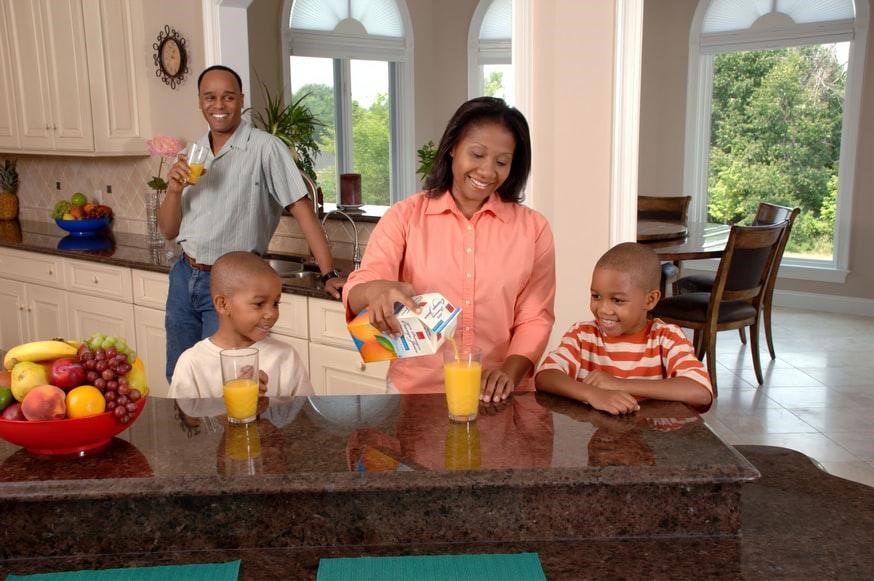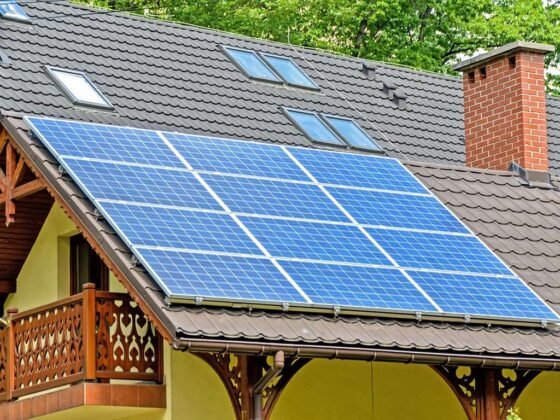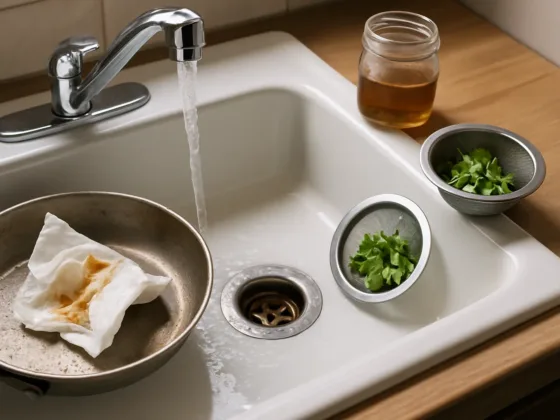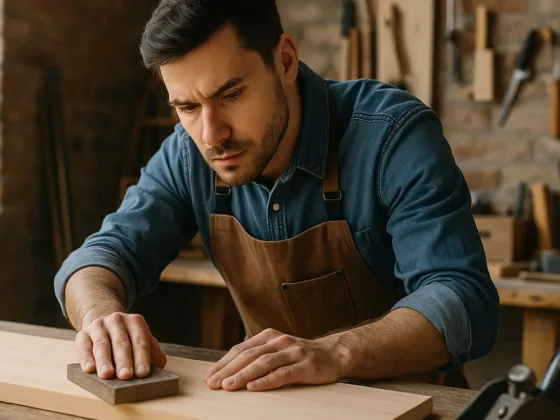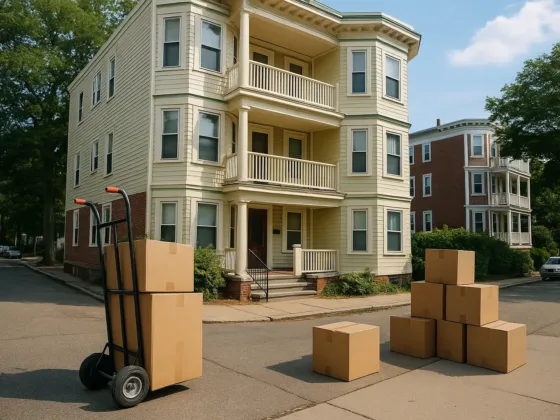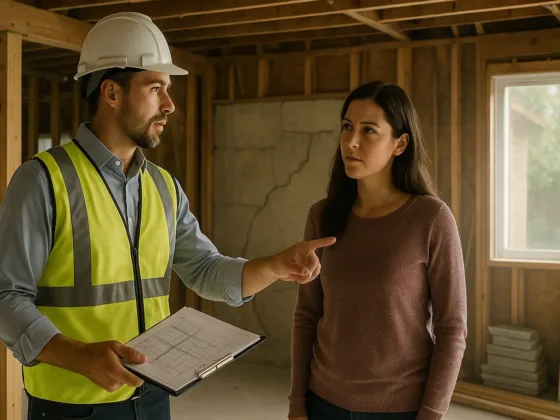Table of Contents Show
If you’re a homeowner, it’s important to be aware of the dangers of carbon monoxide poisoning. This is especially true if you have a gas-powered furnace or other appliance in your home.
Carbon monoxide is a colorless, odorless gas that can cause serious health problems or even death. That’s why it’s crucial to take precautions to keep yourself and your family safe from carbon monoxide poisoning.

Understanding Carbon Monoxide
Carbon monoxide is often referred to as the “silent killer” as it’s nearly undetectable by humans, and even if you’re aware that there is a problem, it’s challenging to identify that it is because of carbon monoxide. The fact that it’s odorless and colorless makes it a huge risk for homeowners.
Furnace repair experts note that carbon monoxide poisoning is the leading cause of death by gas-powered furnaces, so it’s important for homeowners to know how to protect themselves and their loved ones. Carbon monoxide can also be found in fumes produced by burning fuels in vehicles, lanterns, stoves, fireplaces, and grills.
Read Also:
When Would Carbon, Monoxide Poisoning Typically Happen?
Carbon monoxide poisoning typically happens when there is an issue with the furnace. If the furnace isn’t working properly, it can release carbon monoxide into your home.
Typically, furnace repair Keller TX experts note that a gas-powered furnace is designed to ventilate any excess carbon monoxide outside your home. If the gas furnace isn’t venting properly, you could be at risk of carbon monoxide poisoning.
Many issues can lead to carbon monoxide poisoning in a gas-powered furnace:
- Rusty or corroded parts
- Leaking valves
- Bent pipes
- Incorrectly installed flue pipe
- Insufficient ventilation
- Blocked chimney
- Other issues with the gas-powered furnace that are causing it to be inefficient at releasing carbon monoxide
The above list isn’t necessarily comprehensive. If you suspect any of the problems above, contact an HVAC professional for assistance.
Common Symptoms of Carbon Monoxide Poisoning
The most common symptoms of carbon monoxide poisoning are headaches, fatigue, and chest pains at low exposure, and dizziness, nausea, shortness of breath, impaired vision and coordination, and lack of oxygen in your blood (cerebral hypoxia) at higher exposure.
Prolonged exposure can lead to unconsciousness or death. Effects vary depending on how much CO is in your system and its duration.
A furnace repair Keller TX professional notes that if you suspect CO exposure, you must get out of the house as soon as possible and seek medical attention. Most symptoms are treatable if treatment begins within a few hours after exposure.
However, the effects of CO poisoning may not reveal themselves for days or weeks later – long after you think everything is fine. Ensure a doctor checks you and your family after any potential CO exposure just to be safe.
How to Avoid the Risk of Carbon Monoxide Leaks from Your Furnace
There’s no doubt that gas-powered furnaces are a popular choice for homes with central heating. They provide significant energy savings over their electric counterparts and offer the added benefit of being able to heat your home faster than an electric furnace can. However, these units do require proper maintenance in order to avoid carbon monoxide leaks when they operate.
Here’s how you can ensure you’re safe from potential exposure:
- Install Carbon Monoxide detectors in Your Home
The best way to avoid any potential gas leaks is to install a carbon monoxide detector in your home. This will provide an early warning if there are any problems with the furnace, and it could save your life.
- Regularly Inspect Your Furnace
Make sure you have your furnace inspected by a professional at least once a year. They can check for any potential problems and ensure that everything is in proper working order.
- Only Use the Manufacturer’s Recommended Fuel
Don’t try to save money by using a different fuel than what is recommended by the manufacturer. This could cause serious problems with your furnace and increase the risk of carbon monoxide leaks.
- Make Sure the Vents Are Clear
Look at the vents regularly to ensure there are no obstructions. Debris or snow can block the flow of air and create a dangerous situation.
- Change Your Air Filter Regularly
Just like any other type of filter, the air filters on your furnace need to be changed regularly. This ensures that they are able to do their job properly and keep contaminants out of your home’s heating system.
- Keep the Area Around Your Furnace Clean
The area around your furnace should be kept clean to avoid any potential fires. This includes keeping the floor clear of debris and combustible materials.
- Keep Your Portable Generators Outside
Never run your portable generator inside the house or any indoor space like your garage, shed, or barn. Deadly levels of CO can quickly build up indoors and linger for hours, even after shutting off the generator.
Furnace Maintenance and Safety Should Always Be a Priority
If you follow these simple steps, you can ensure your family’s safety and avoid any potential problems with the gas furnace in your home. Remember that there is never a substitute for proper maintenance of heating systems, no matter what type they are.
So, always be sure to have your furnace serviced by a professional at least once a year and take safety precautions to prevent carbon monoxide poisoning from occurring in your home.
